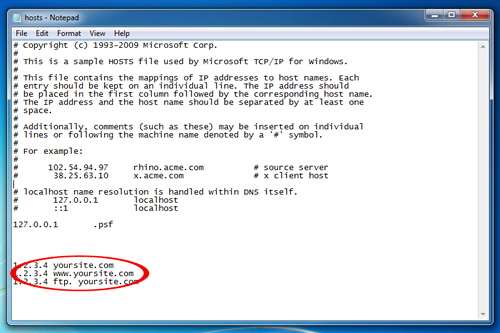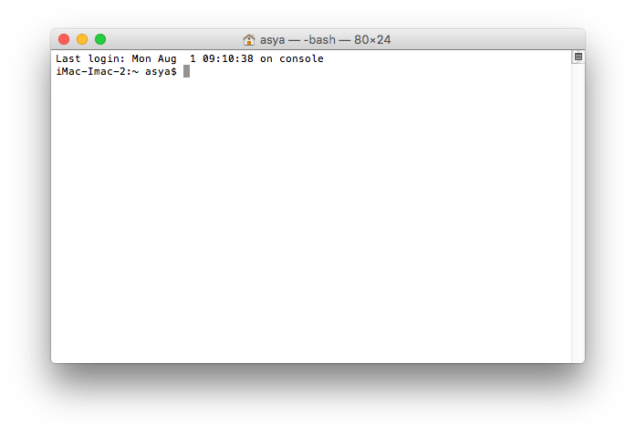
- #Mac terminal commands for working with text files full#
- #Mac terminal commands for working with text files code#
- #Mac terminal commands for working with text files download#
- #Mac terminal commands for working with text files free#
Insert text at the beginning of the current line. The text editor named vi is present on almost any UNIX system, but not the most intuitive. The Overflow Blog Data analytics: Less creepy, more empowering. Browse other questions tagged macos terminal mac command-line. Open Terminal, write cat drag all text files you want to import to the terminal window. A text file named file1 can easily be opened. Connect and share knowledge within a single location that is structured and easy to search. Paste a line of yanked text below the current line.Īppend after the cursor's current position. A text file can be open with just a click of the command prompt on a Windows machine. This is especially critical when editing system and configuration files. Note: Always make a copy of an existing file prior to editing with vi or any editor. This list of shortcuts is by no means exhaustive, but they will enable you to edit files and learn vi in a short amount of time.
#Mac terminal commands for working with text files free#
Feel free to use the common keyboard shortcut table below to help you learn vi’s extensive vocabulary. The best way to learn vi is to create a new file and try it out for yourself. If you’ve made mistakes along the way in your editing and want to back out (abandon) all non-saved changes, enter Command mode by pressing Esc and type :q! This command quits without saving any changes and exits vi. To the non-vi initiated, write means save, and quit means exit vi. The other, quicker option is to use the keyboard shortcut ZZ to write and quit. Press Esc to enter Command mode, and then type :wq to write and quit the file. While editing text files in the GUI is straightforward using the built-in TextEdit program ( /Applications ), editing files using the command-line tools. Your new zsh prompt will show your mac’s username, home directory, and the symbol at the end. Open a new Terminal window to confirm and view the changes you’ve just made. However, accessing the command line or terminal can often be more efficient than using GUIs for certain tasks, and you can send commands via the terminal to programmatically accomplish these tasks. To save a file, you must first be in Command mode. Hit Ctrl + O to confirm making those changes to the file, and then hit Ctrl + X to exit the nano editor.

#Mac terminal commands for working with text files download#
Download RHEL 9 at no charge through the Red Hat Developer program.


To print the name of the current working directory, use the command pwd.
#Mac terminal commands for working with text files full#
It is typically printed as the full path to the directory (meaning that you can see the parent directory). Your current working directory is the directory where your commands are being executed. Useful Bash Commands to Manage Directories and Files Print Current Working Directory ( pwd) The results of the commands below on your computer will be slightly different, depending on your operating system and how you have customized your file system. Note: In the examples on this page, the indented lines that follow a prompt and do not start with a dollar sign ($) are the output of the command. When typing commands (either from this textbook or from other sources), do not type the dollar sign (or other character prompt). You’ll now type ls -al /.Trash to view the contents of your Trash folder. After opening Terminal through your Utilities on Mac, type the following command: cd. Recall that depending on your computer’s set-up, you may see a different character as a prompt and/or additional information before the prompt, such as your current location within your computer’s file structure (i.e. Method 1: Restore deleted files from Trash by using Mac Terminal. Intro-to-earth-data-science-textbook Home
#Mac terminal commands for working with text files code#


 0 kommentar(er)
0 kommentar(er)
